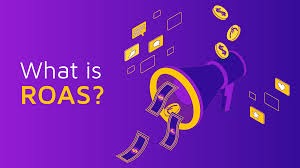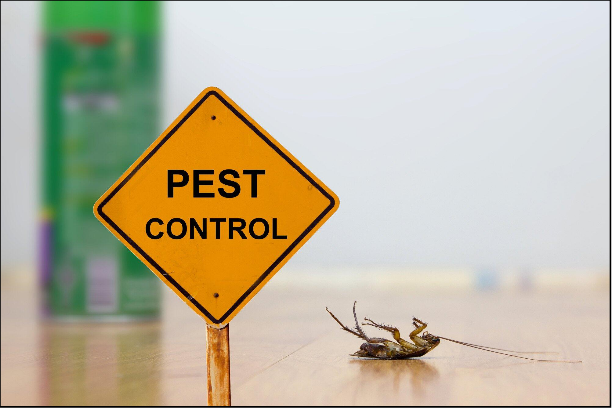In the competitive landscape of digital marketing, maximizing Return on Ad Spend (ROAS) is crucial for advertisers seeking better results and higher profitability. With an array of advertising platforms and strategies, understanding how to effectively optimize your ad spend can significantly impact your bottom line. This article delves into practical strategies and insights to enhance ROAS in digital advertising.
Understanding ROAS and Its Importance
What is ROAS?
Return on Ad Spend (ROAS) is a key performance indicator that measures the revenue generated for every dollar spent on advertising. It helps advertisers understand the effectiveness of their campaigns and make informed decisions about budget allocation.
Why is ROAS Important?
ROAS provides a clear picture of the profitability of advertising efforts. A high ROAS indicates that your campaigns are driving significant revenue compared to their costs, while a low ROAS suggests the need for optimization.
Strategies for Maximizing ROAS
1. Define Clear Objectives
Setting specific, measurable, achievable, relevant, and time-bound (SMART) objectives is the first step towards maximizing ROAS. Clear goals provide direction and help in evaluating the success of your campaigns.
2. Audience Segmentation
a. Demographic Segmentation
Understanding the demographics of your target audience allows for more personalized and relevant advertising. Segment your audience based on age, gender, income, education, and other factors to tailor your messages effectively.
b. Behavioral Segmentation
Analyze user behavior, such as purchase history, browsing patterns, and engagement levels, to create targeted campaigns that resonate with your audience’s interests and needs.
3. Leverage Data Analytics
a. Performance Tracking
Utilize advanced analytics tools to monitor the performance of your campaigns in real-time. Track key metrics like click-through rates (CTR), conversion rates, and cost per acquisition (CPA) to identify areas for improvement.
b. A/B Testing
Conduct A/B tests to compare different ad creatives, headlines, and calls to action. Use the insights gained from these tests to optimize your ads for better performance.
4. Optimize Ad Creatives
a. Compelling Visuals and Copy
Create visually appealing ads with compelling copy that captures attention and drives engagement. High-quality visuals and clear, concise messaging are essential for effective advertising.
b. Personalization
Personalize your ads based on user data to create a more relevant and engaging experience. Use dynamic content to tailor messages to individual users, increasing the likelihood of conversion.
5. Utilize Advanced Targeting Options
a. Connected TV Advertising
Connected TV (CTV) advertising offers advanced targeting options that allow advertisers to reach specific audience segments based on demographics, interests, and viewing habits. This level of precision helps in delivering more relevant ads, improving ROAS.
b. Programmatic Advertising
Programmatic advertising automates the buying and selling of ad inventory, enabling real-time bidding and precise targeting. By leveraging programmatic platforms, advertisers can optimize their ad spend and achieve better results.
6. Focus on Customer Lifetime Value (CLV)
Understanding and maximizing customer lifetime value (CLV) is crucial for long-term success. By focusing on retaining and nurturing high-value customers, advertisers can achieve higher ROAS. Implement strategies such as loyalty programs, personalized offers, and excellent customer service to enhance CLV.
7. Optimize Bidding Strategies
a. Manual Bidding vs. Automated Bidding
Decide whether manual or automated bidding strategies align better with your campaign goals. Manual bidding offers more control, while automated bidding uses algorithms to optimize bids in real-time for better results.
b. Bid Adjustments
Adjust your bids based on performance data and campaign goals. Increase bids for high-performing keywords and decrease bids for underperforming ones to maximize your ad spend efficiency.
8. Cross-Channel Integration
Integrate your advertising efforts across multiple channels, including connected TV advertising, OTT advertising, and traditional TV advertising. A cohesive cross-channel strategy ensures consistent messaging and maximizes the reach and impact of your campaigns.
9. Enhance Landing Pages
a. User Experience
Ensure your landing pages provide a seamless user experience with fast load times, intuitive navigation, and mobile optimization. A positive user experience increases the likelihood of conversion and improves ROAS.
b. Clear Call to Action
Include clear and compelling calls to action (CTAs) on your landing pages to guide users towards the desired action. Test different CTAs to determine which ones drive the highest conversion rates.
10. Monitor and Adjust
a. Continuous Monitoring
Regularly monitor the performance of your campaigns and make data-driven adjustments. Use analytics tools to identify trends, uncover insights, and implement changes to optimize your ad spend.
b. Adapt to Market Changes
Stay agile and adapt to changes in the market, such as shifts in consumer behavior, new advertising platforms, and emerging technologies. Being responsive to these changes ensures your campaigns remain effective and maximize ROAS.
Conclusion
Maximizing ROAS is a continuous process that requires a strategic approach, data-driven insights, and a focus on delivering value to your audience. By implementing the strategies outlined in this article, advertisers can enhance the effectiveness of their campaigns, achieve better results, and drive higher profitability.
Keep an eye for more news & updates on Tribune Breaking!







